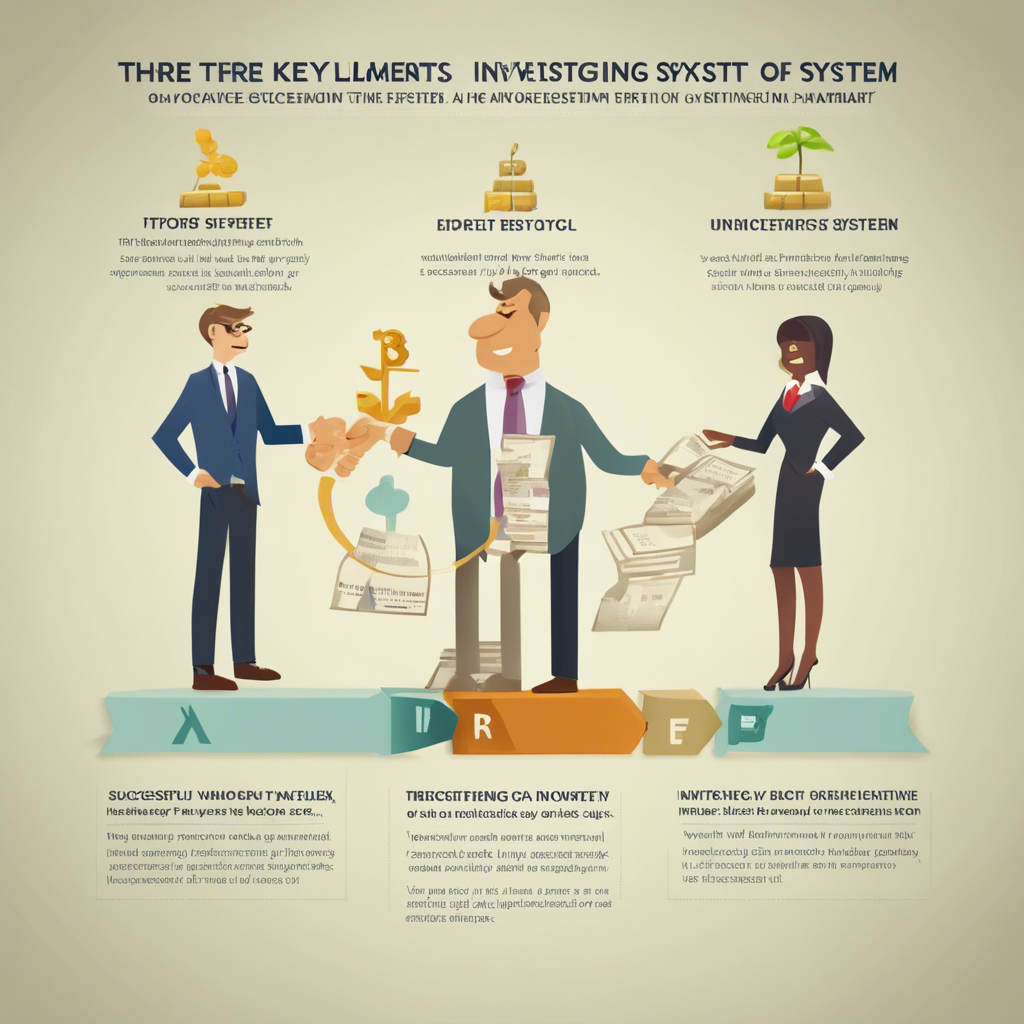The Reliability of Brokerage Recommendations: Do They Really Matter?

Analyzing the Impact of Wall Street Analysts on Stock Prices
Investors often rely on Wall Street analysts’ recommendations when making investment decisions. These recommendations, known as brokerage recommendations, can have a significant impact on a stock’s price. However, the reliability of these recommendations has been a subject of debate. In this article, we will explore the effectiveness of brokerage recommendations and how investors can use them to their advantage. To illustrate this, we will examine the case of Procter & Gamble (PG) and its current brokerage recommendation trends.
The Average Brokerage Recommendation for Procter & Gamble
Procter & Gamble (PG) currently has an average brokerage recommendation (ABR) of 1.71, indicating a rating between Strong Buy and Buy. This ABR is based on the recommendations made by 19 brokerage firms. Of these recommendations, 11 are Strong Buy and two are Buy, accounting for 57.9% and 10.5% of all recommendations, respectively.
The Limitations of Brokerage Recommendations
While the ABR suggests buying P&G, it is important to note that relying solely on this information may not be wise. Several studies have shown that brokerage recommendations have limited success in predicting stocks with the best price increase potential. This can be attributed to the vested interest of brokerage firms in the stocks they cover, leading to a positive bias in their recommendations. Research indicates that brokerage firms assign five “Strong Buy” recommendations for every “Strong Sell” recommendation, highlighting the potential misguidance for investors.
Validating Recommendations with the Zacks Rank
To overcome the limitations of brokerage recommendations, investors can consider validating their own research or using alternative indicators. One such indicator is the Zacks Rank, a proprietary stock rating tool that classifies stocks into five groups based on their near-term price performance. The Zacks Rank is driven by earnings estimate revisions, which have been found to be strongly correlated with stock price movements. By validating the Zacks Rank with the ABR, investors can make more informed investment decisions.
Understanding the Difference between ABR and Zacks Rank
It is important to note that the ABR and Zacks Rank are two different measures. The ABR is solely based on brokerage recommendations, while the Zacks Rank is a quantitative model that considers earnings estimate revisions. Unlike the ABR, the Zacks Rank maintains a balance among its five ranks and is more timely in indicating future price movements. Additionally, the Zacks Rank is refreshed more frequently, making it a reliable indicator for investors.
Evaluating Procter & Gamble’s Investment Potential
Analyzing Procter & Gamble’s earnings estimate revisions, the Zacks Consensus Estimate for the current year has increased by 0.1% over the past month to $6.42. This indicates growing optimism among analysts about the company’s earnings prospects. As a result, Procter & Gamble has been assigned a Zacks Rank #2 (Buy). Considering the Buy-equivalent ABR for P&G, this serves as a useful guide for investors.
Conclusion:
While brokerage recommendations can influence stock prices, their reliability has been questioned due to the positive bias of brokerage firms. To make more informed investment decisions, investors can validate these recommendations with alternative indicators such as the Zacks Rank. By considering multiple perspectives and conducting thorough research, investors can navigate the complex world of stock investing with greater confidence.










